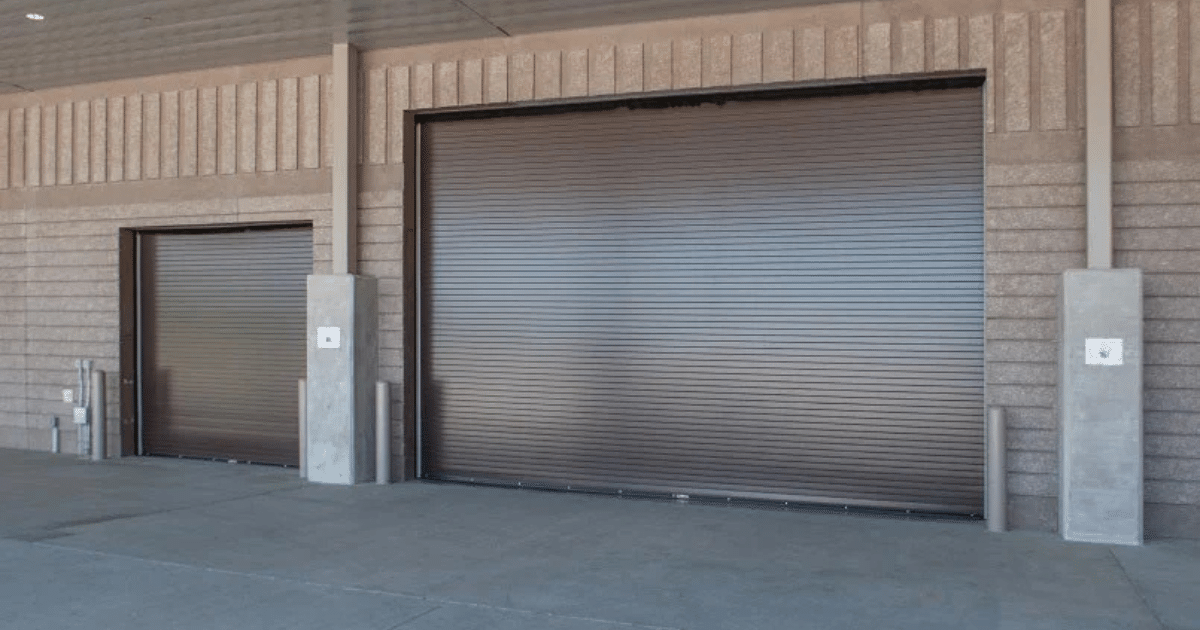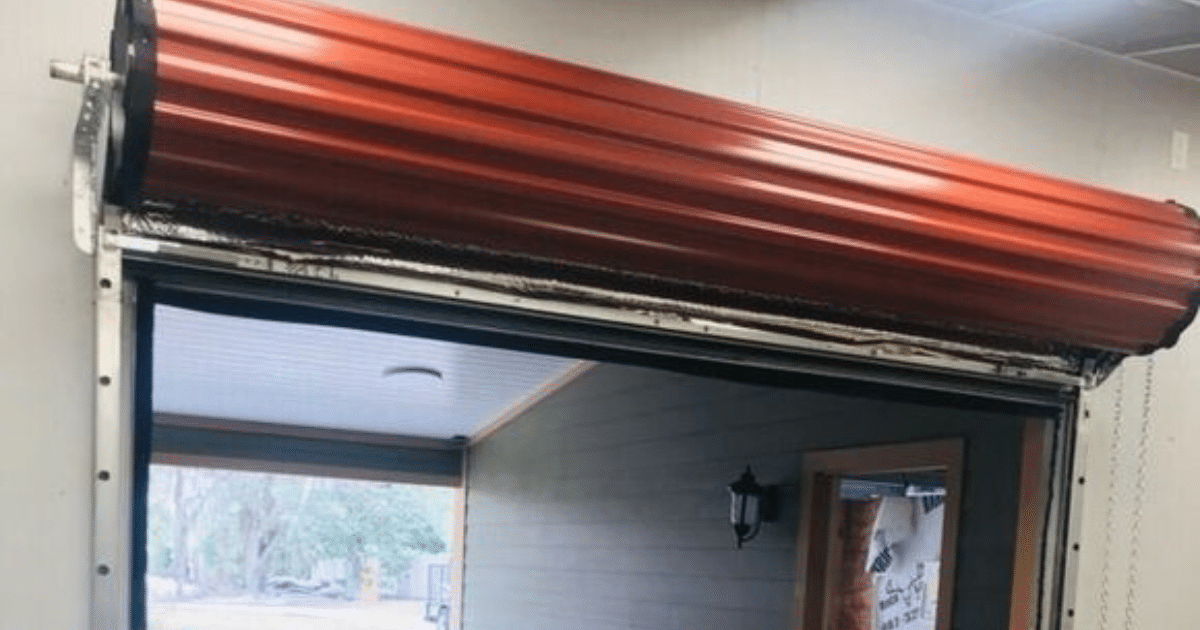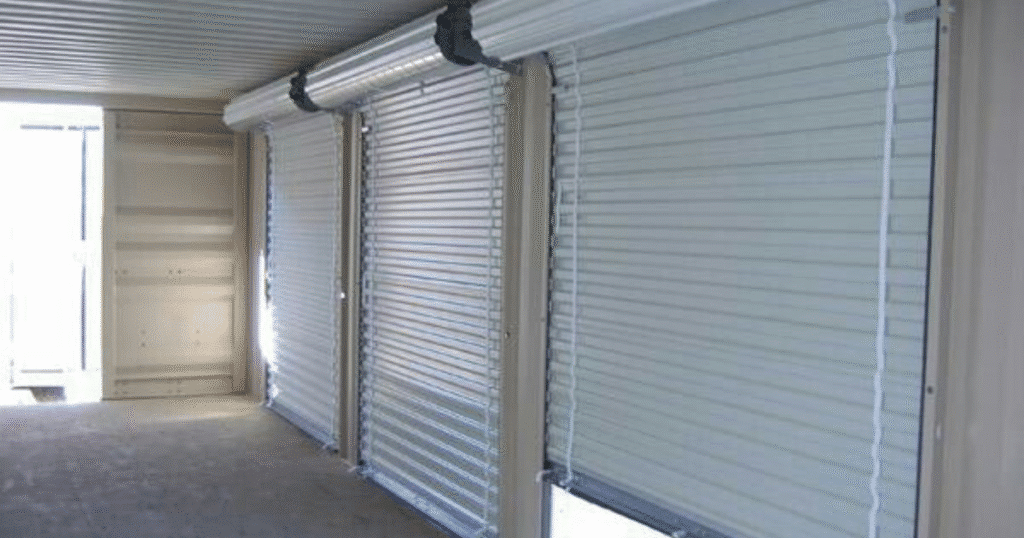When choosing a garage door, many assume automation is always best. Yet a manual roll-up garage door remains an innovative, dependable, and cost-effective alternative, especially for residential and commercial properties that don’t require tech-enabled convenience.
These doors open by hand, rolling vertically into a tight, compact coil above the entry. They’re ideal when ceiling clearance is limited, electrical access is unavailable, or simplicity matters more than automation. Far from old-fashioned, these doors offer proven durability, minimal upkeep, and excellent security.

In this comprehensive guide, we’ll unpack why a manual roll-up garage door might be the right fit for your property. Covering everything from materials and installation to best-use scenarios, this post also links to helpful cluster topics such as clearance needs, tune-up maintenance, opener comparisons, and security features to elevate your understanding. If you value strength, savings, and reliability over unnecessary complexity, you’re in the right place.
What Is a Manual Roll Up Garage Door?
A manual roll-up garage door consists of interlocking slats or a single sheet that rolls upright into a drum above the opening. Operated by pull-chain or manual lift rod, it requires no electric opener. That makes it perfect for spaces without power or areas subject to frequent outages.
Commonly made of galvanized steel or aluminum, these doors are frequently installed in:
- Storage facilities
- Commercial bays and workshops
- Residential detached garages or side entrances
Their space-saving, overhead coil design makes them particularly useful where conventional sectional doors can’t fit.
Key Benefits
Durability That Withstands Everyday Use
Built with robust materials such as corrugated steel, manual roll-ups are designed for harsh environments. That means less wear from impact, wind, and heavy use, and fewer moving parts to fail.
Low Maintenance and Fewer Repairs
With no electronics or motors to break down, upkeep is drastically reduced. Basic annual lubrication and a professional inspection keep them functioning smoothly. For guidance on professional service, check out this garage door repair page for details.
Cost Savings Upfront and Over Time
Compared to automatic doors, manual roll-ups have a lower purchase price and no installation cost for openers or wiring. They also avoid electric bills, making them budget-friendly in the long run.
Always Operative even Without Power
Since manual doors don’t require electricity, they keep giving you access during outages—ideal for remote buildings or areas with unreliable power. Curious how they compare cost-wise? This roll-up door cost guide from HomeAdvisor provides an industry-wide overview.
Compact, Space-Saving Design
Because the door rolls along the opening rather than swinging inwards or outwards, you preserve ceiling space for lighting, storage racks, or taller vehicles. This makes them especially attractive in tight or retrofitted garages.
Ideal Use Cases
Storage Units & Commercial Facilities
Manual roll-up doors are a reliable choice for self-storage sites, offering easy, secure access with minimal maintenance. They’re built for durability and handle frequent use in high-traffic environments without the need for complex automation.
Workshops & Service Bays
Service shops and hobby garages prefer manual doors for their fast, hands-on operation and robust materials. They provide quick entry without electronics, reducing downtime in busy spaces like auto service bays or woodworking studios.
Detached Garage Structures
For homeowners with separate garages, manual doors offer simplicity. They’re ideal where electricity is limited or unnecessary, and where convenience, affordability, and straightforward access matter more than advanced features. Learn more about suitable solutions via the garage door replacement page.
Agricultural Buildings
On farms and ranches, durability is key. Manual roll-up doors withstand rough weather and heavy use in equipment sheds, tool barns, and livestock areas. With fewer moving parts, they provide a rugged and low‑maintenance access option.
Materials, Finishes & Custom Features
Material Options
- Galvanized Steel: Offers strength, weather resistance, and impact protection.
- Aluminum: Lighter and resistant to corrosion—ideal near coastlines or humid zones.
- Stainless Steel: Premium durability with superior weather resistance (more costly, typically used in industrial installations).
Finishes & Colors
Customize your door with powder-coating or color finishing for aesthetics or branding. Some manufacturers offer printed slats or vinyl wraps for business identities.
Security & Locking Mechanisms
Manual roll-up doors can be very secure. Common features include:
- Interior slide bolt locks
- Built-in deadbolt bars
- Padlock-ready handles
- Reinforced tracks to deter forced entry
These built-in measures make them suitable for both home and business installations.
Clearance & Installation Requirements

Headroom & Side Room Needs
These doors require about 10–16 inches of vertical clearance for the drum and 3–5 inches of side clearance for tracks. Less backroom space is needed compared to sectional options.
Professional Installation Benefits
- No wiring or opener setup required
- Fast turnaround—often completed in a single day
- Seamless retrofitting for old or damaged openings
While DIY is possible, professional fitting ensures correct alignment and longer-lasting reliability.
Cost Factors
Price depends on:
- Door dimensions (single vs. commercial width)
- Material type (steel, aluminum, stainless)
- Finish and custom design
- Installation rates and location
According to industry averages, installation costs typically fall between $500 and $1,200, although commercial sizes can reach $1,200–$3,000.
Manual vs. Automatic: Side-by-Side
Here’s how manual roll-up doors compare with automated alternatives:
| Feature | Manual Roll Up Door | Automatic Garage Door |
| Power Required | None | Electricity or battery |
| Costs | Lower upfront and ongoing | Higher due to the opener and wiring |
| Maintenance | Minimal | Moderate to high (electronics) |
| Reliability | Extremely high | Depends on the motor and sensors |
| Security | Strong, mechanical locks | Varies often relies on an opener system |
| Best For | Detached garages, storage bays | High-traffic or luxury garages |
When to Consider Replacement
If your garage door is showing ongoing issues or visible damage, it may be time to consider replacing it with a manual roll-up model. Inspect the door for signs of wear, such as rust, bends, or dents in the panels—these can compromise both function and safety. Doors that frequently jam or derail suggest worn components like rollers or tracks, which can lead to more significant mechanical failures.
Security is another factor to consider—doors with outdated or faulty locking hardware may no longer adequately protect your property. Additionally, if your garage lacks the necessary vertical or side clearance for a sectional door to operate, a compact roll-up design could be a better-fit solution. Manual models coil neatly into a drum, minimizing required headroom and maximizing usable space.
For insight into wear and alignment issues before considering replacement, see this helpful guide on garage door rollers and track maintenance for signs to watch and when repairs may be needed.
Conclusion
A manual roll-up garage door offers unmatched reliability, low maintenance, and strong security, without the complexity of motors and sensors. Whether you need a durable option for a storage bay, garage, workshop, or agricultural space, this door style delivers performance and peace of mind.
Ready to explore options that fit your property’s size and style? Contact Tarrant County Door & Gate today for a friendly consultation. Our expert team can help you choose the right material, size, and locking system and provide fast, professional installation you can trust.
Frequently Asked Questions about Manual Roll‑Up Garage Doors
How much headroom is needed for a roll-up garage door?
Most manual roll-up doors require 10–16 inches of vertical clearance for the drum system and approximately 3–5 inches of side room to accommodate the tracks. These measurements can vary depending on the size and design of the garage door installation you’re planning.
Are manual roll-up doors hard to operate?
No—these doors are engineered to be easy to lift or lower using a built-in chain or handle. Thanks to proper counterbalancing, most adults can operate them without strain.
What maintenance is needed for manual roll-up garage doors?
Basic annual service usually includes lubricating the tracks and rollers, tightening any loose hardware, clearing debris, and checking the locking system. Since there are no electronic components, maintenance is generally simpler and less frequent.
Can manual doors be insulated?
Fully insulated models are less common due to the slim profile of roll-up designs. However, some steel slats are available with foam cores that provide moderate insulation. For temperature-sensitive spaces, it’s best to explore specialty options designed for climate control.
How long do manual roll-up doors last?
With regular upkeep, manual roll-up garage doors can last 15 to 20 years or more. They tend to outlast automatic systems since they don’t rely on motors or electrical parts that wear down over time.
Do professionals install manual roll-up doors?
Yes. These doors are commonly installed in both residential and commercial settings. If you’re planning a project and want to estimate what it might cost, take a look at this garage door installation cost guide for national averages and service comparisons.
Tarrant County Door and Gate
1905 Central Dr # 206, Bedford, TX 76021, United States
817-270-9884

